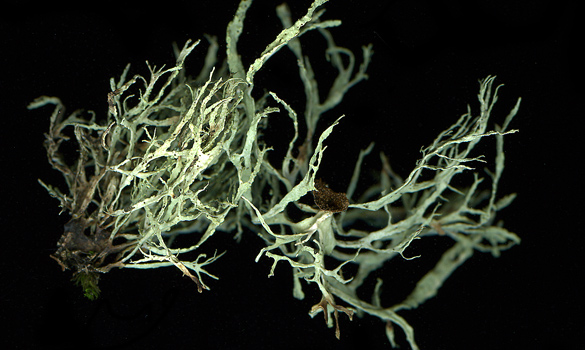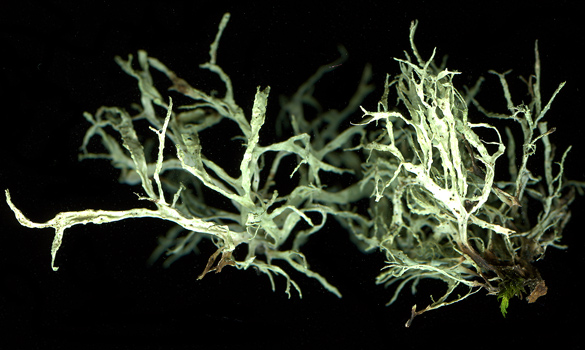lichen



More lichen studies at the scanner (see previous post and comments).
A few days ago, I received my copies of MERCY ISLAND by Ren Powell and I’ve been dipping into the poems at random, allowing a slow digestion of the remarkably rich imagery that Ren Powell evokes with spare words. Today, as I’m composing this blog entry, I enjoyed a review of the book by poet and blogger Rachel Barenblat of The Velveteen Rabbi. The synchronicity in the following lines struck me:
Sacred painting’s
yellow ochre
my skirt
trimmed with lichen
From Ren’s poem A View from an Island. (Please read the whole poem at Rachel’s). I personally like to think it’s of Hornby Island, off the BC coast, since my photo on the cover is taken on one of its shores.
Update: March 31st, 2011: Another most interestingly written review including some gratifying comments about the cover by Carolee Sherwood. Thanks for sending it to me, Beth!
March 24, 2011 in Books, Nature, Photoworks by Marja-Leena
Amazing things, lichens, and the lines of poetry are lovely.
(I never know how one should say the word though, ‘likens’ or ‘litchins’?)
Absolutely stunning pictures. No doubt they’ll inspire you to new print-works.
These look edible! Wonder if one could brew a lichen beer?
Lucy, I say ‘liken’ but the dictionary tells me that the second one is also sometimes used.
Natalie, thanks, I hope so!
Rouchswalwe, I too thought these look edible in the scans, sort of like arugula. Lichen beer sounds most intriguing.
Some lichens such as rock tripe are edible; I’m not sure about reindeer lichens. Nice scans!
Hi Dave! Thanks for the note on edible lichen, a good thing to know if lost and hungry in the woods! Yesterday while visiting a biodiversity museum (hope to blog about it soon), I was very aware of my own ignorance, and often thought of you and your knowledge.
It reminds me of frisee. Anyway, yes, lovely!
Leslee – ‘frisee’, oh that’s what that certain lettuce is called, I knew it wasn’t arugula. Thank you!
I love the word as well as your prints. Over the years I have become used to pronouncing it “likan”. According to Chambers Dictionary to which I have just referred you can say likan or lichan. So nobody needs to call anything off.
Joe, glad you like these! I’m uncertain if ‘liken’ and ‘likan’ sound the same. (That’s the trouble with English, you have to learn each word on it’s own – sorry, another subject.)
Oh, and just to be clear, these are not prints, at least at this moment, though they may be prints one day (anyone interested?).
The child me would have definitely thought those pairs were living creatures and known what they were up to.
Scouring for dye-facts some time ago, I learned that medieval lichen dyes were red and purple and yellow and brown… Take lichen, add pee for mordant: there you go.
I like the lichens in Elizabeth Bishop’s “Brazil 1 January 1502,” though they are not the same as these:
The rocks are worked with lichens, gray moonbursts
splattered and overlapping,
threatened from underneath by moss
in lovely hell-green flames,
attacked above
by scaling-ladder vines, oblique and neat,
“one leaf yes and on leaf no” (in Portuguese).
Marly, thanks for that fabulous quote! Lichens come in some fantastic colours, as would the dyes. Medieval plant-based dyes are fascinating. If I had taken a different direction in my career, I would have been a textile artist – weaving and dyeing, especially in the old ways, are so fascinating to me, and I have some of that in my family roots.
Very nice. And I’m a “lichen” the news out of Toronto!
Hattie, cute – I’m pleased to see you are keeping up with the Canadian news!
Looking at these images and those in previous post is soothing in early morning of another day filled with news of a world askew. Wonderful what you draw from commenters’ own thoughts/imagination.
Naomi, I’m glad you are enjoying these posts and comments. It’s soothing and a pleasure for me too while I try to temporarily shut out the horrid events going on in this world. I love the exchanges in the comments!